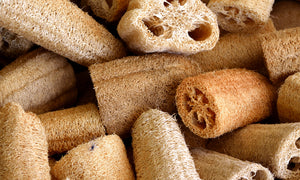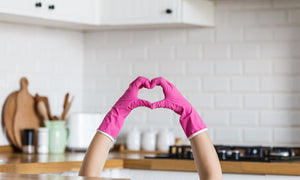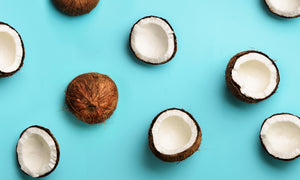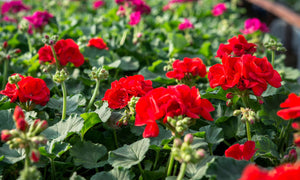Are Your Feet Ready for Summer?
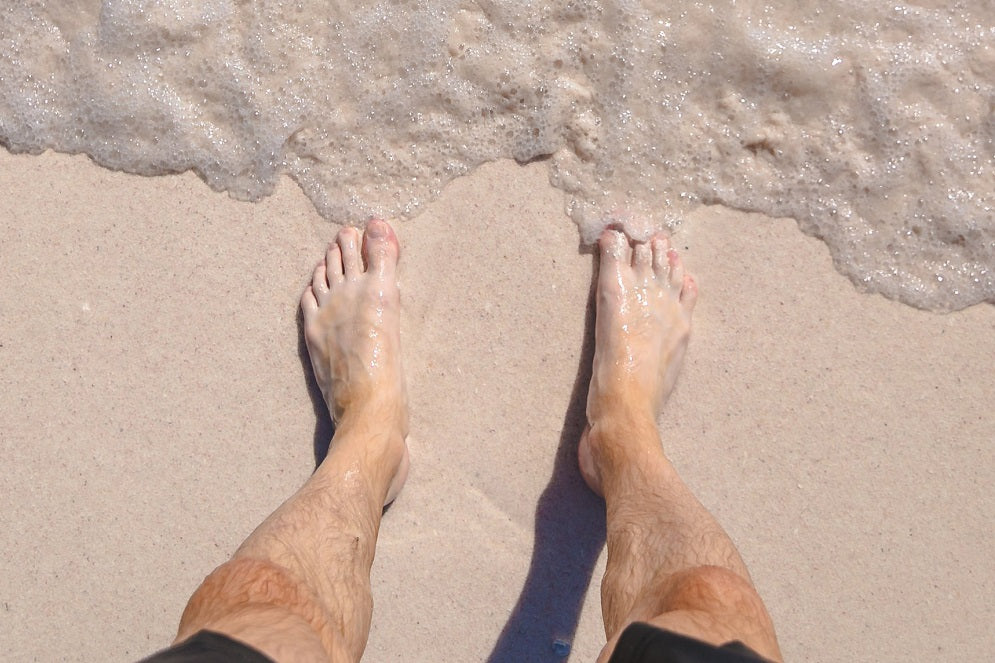
After a Bank Holiday weekend of beautiful weather, we all wanted to get our feet out after months of being encased in boots, shoes and trainers.
On our day trip to Brighton, Matthew revealed his feet on the beach for a paddle. This was a good reminder that feet which have been neglected for several months, need a bit of tlc!
You might prefer to delegate the job to a beauty therapist or chiropodist as a quick route to cared-for and moisturised feet. A pedicure is our number one favourite beauty treatment at NatBrands. Even more so when combined with a Reflexology session.
Most of us will tackle the job ourselves, with a home pedicure, so here are a few top tips to get your feet ready for summer:
- Remove hard skin and exfoliate
First use a foot file or pumice stone to remove stubborn hard skin on heels. This can be done on either dry or damp skin. Then treat your feet to a lovely exfoliation with our LoofCo Body Loofah or LoofCo Bath-Time Loofah. Soak your feet in warm water. Soften your loofah in warm water to become a soft and flexible pad. Lather up some soap on the loofah and then gently scrub your feet all around, even between the toes and around the ankles. The loofah gives the feet a thorough clean and gentle all over exfoliation. Rinse and dry feet thoroughly
- Moisturise
Thoroughly moisturise all around the feet and even ankles and shins. This needs to be a regular job to keep hard skin at bay. Why not give your feet a massage at the same time. This can be very relaxing. You might want to target key reflexology spots on the feet to help ease away tension.
- Nails
Cut nails straight across to avoid in grown nails, even file and push back cuticles. If you pain your toes, apply your favourite nail polish and you’re ready to go.
- Earthing
Lastly, at NatBrands we are fans of ‘earthing’. This means simply walking outside with bare feet. When you walk barefoot on the beach or grass it can feel lovely and this simple re-connection with the earth is said to alleviate pain and fatigue by helping neutralise damaging excess free radicals, that can lead to inflammation and disease in the body.
- Lois Clark

